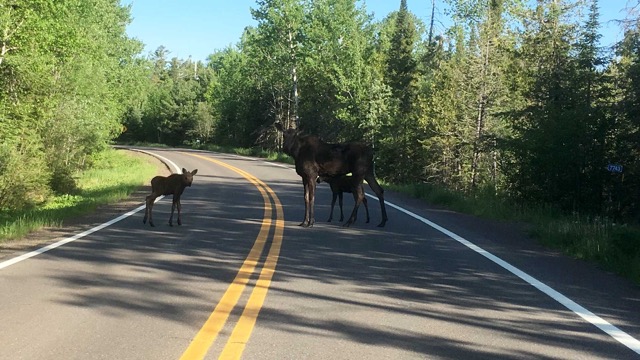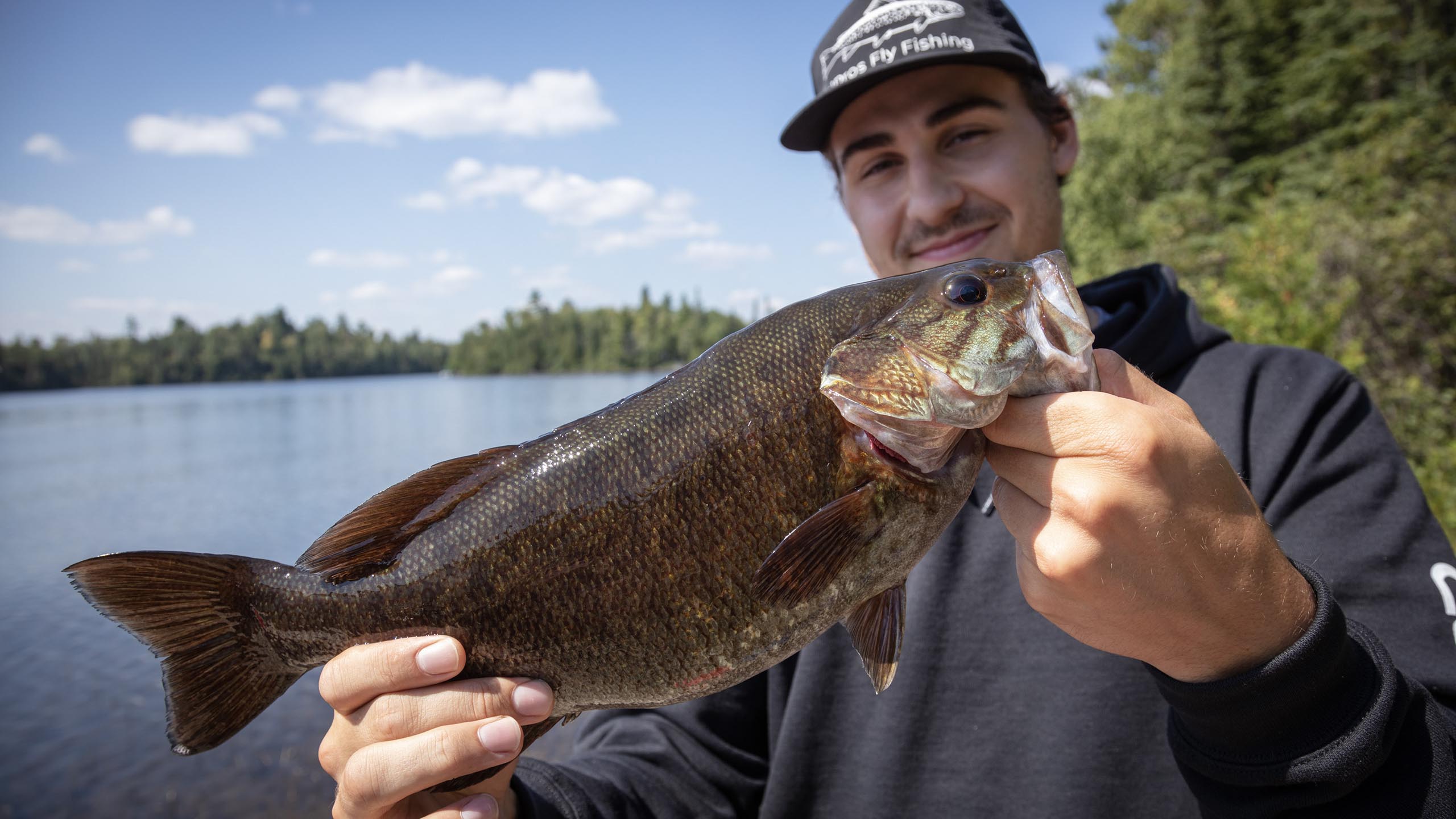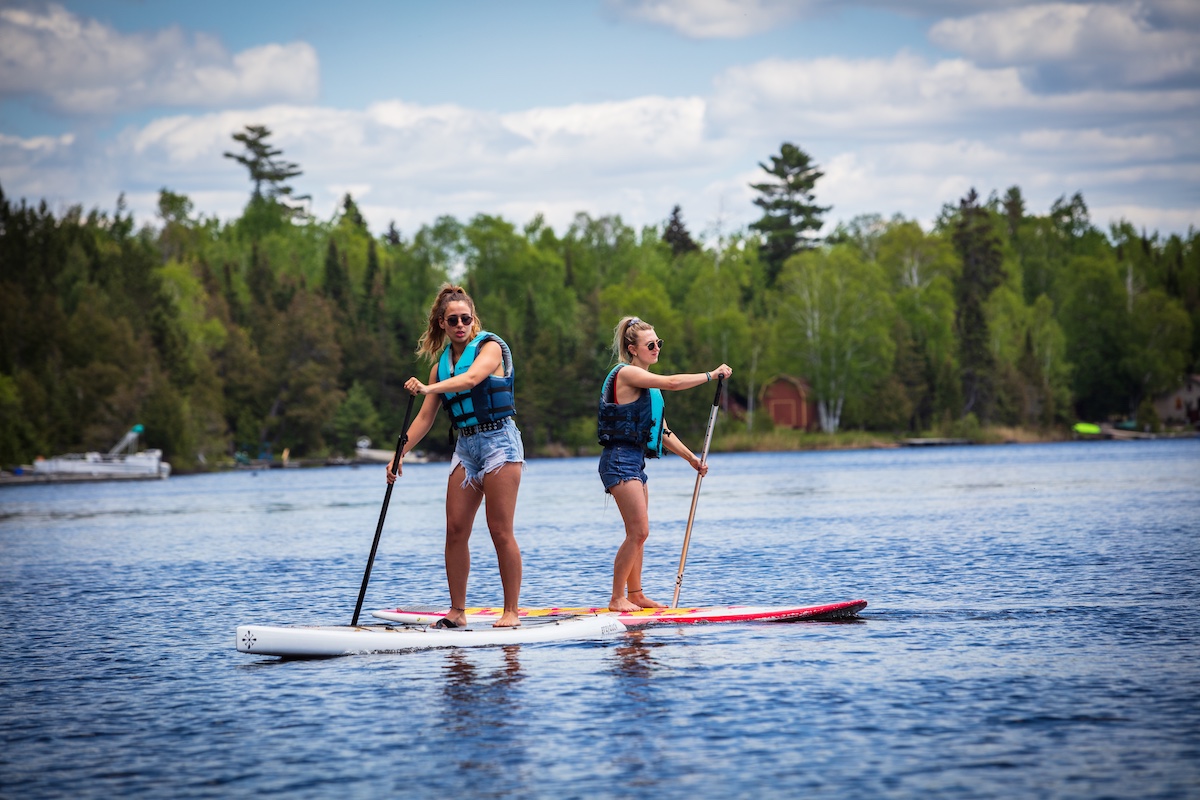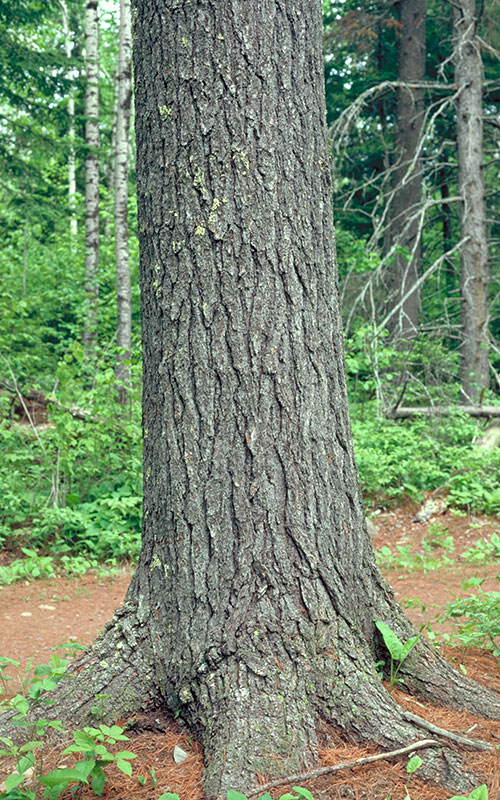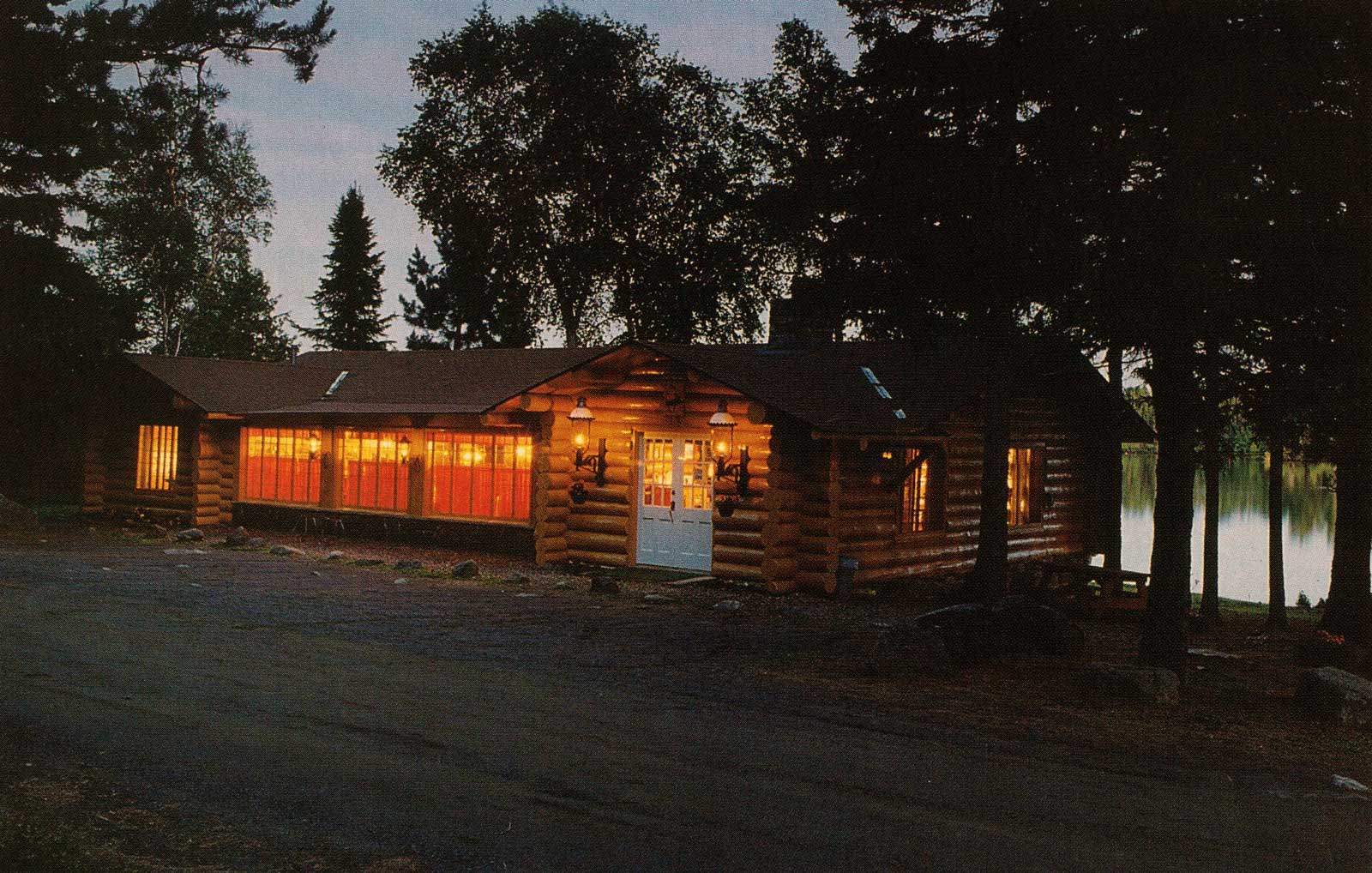Trip Planning: Explore the beauty of the Gunflint Trail
Places to go
Things to do
Practical tips
This area has so many cool and interesting features it’s a good idea to set aside a couple of days just to explore. Your trip planning can include other businesses and a really cool museum on the trail, to amazing hikes that can last less than a day or can challenge the strongest wills, the eastern side of the BWCA is ready for you!
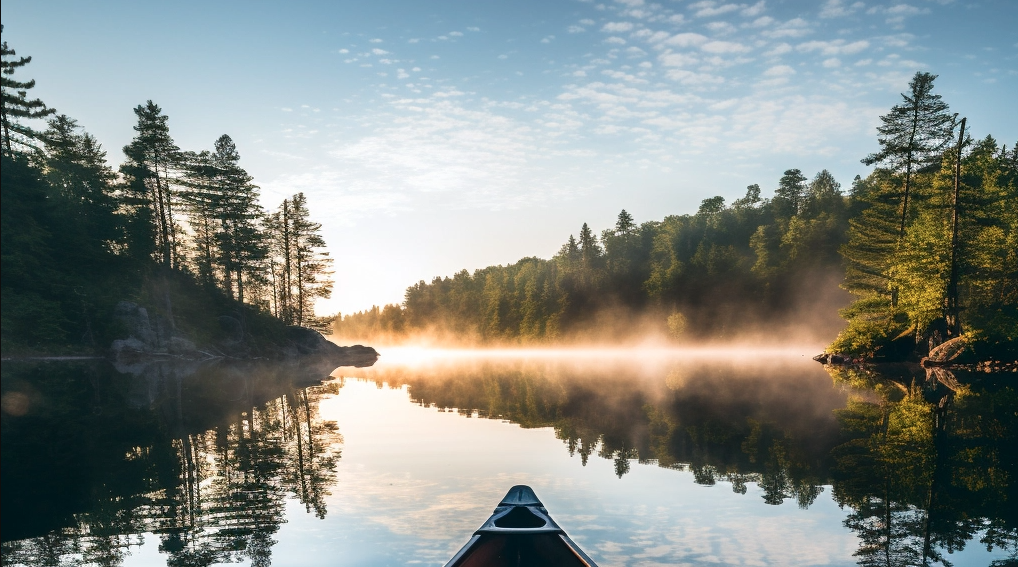
Weather
- Daily and monthly forecast
- Average highs and lows
- Rainy day activities
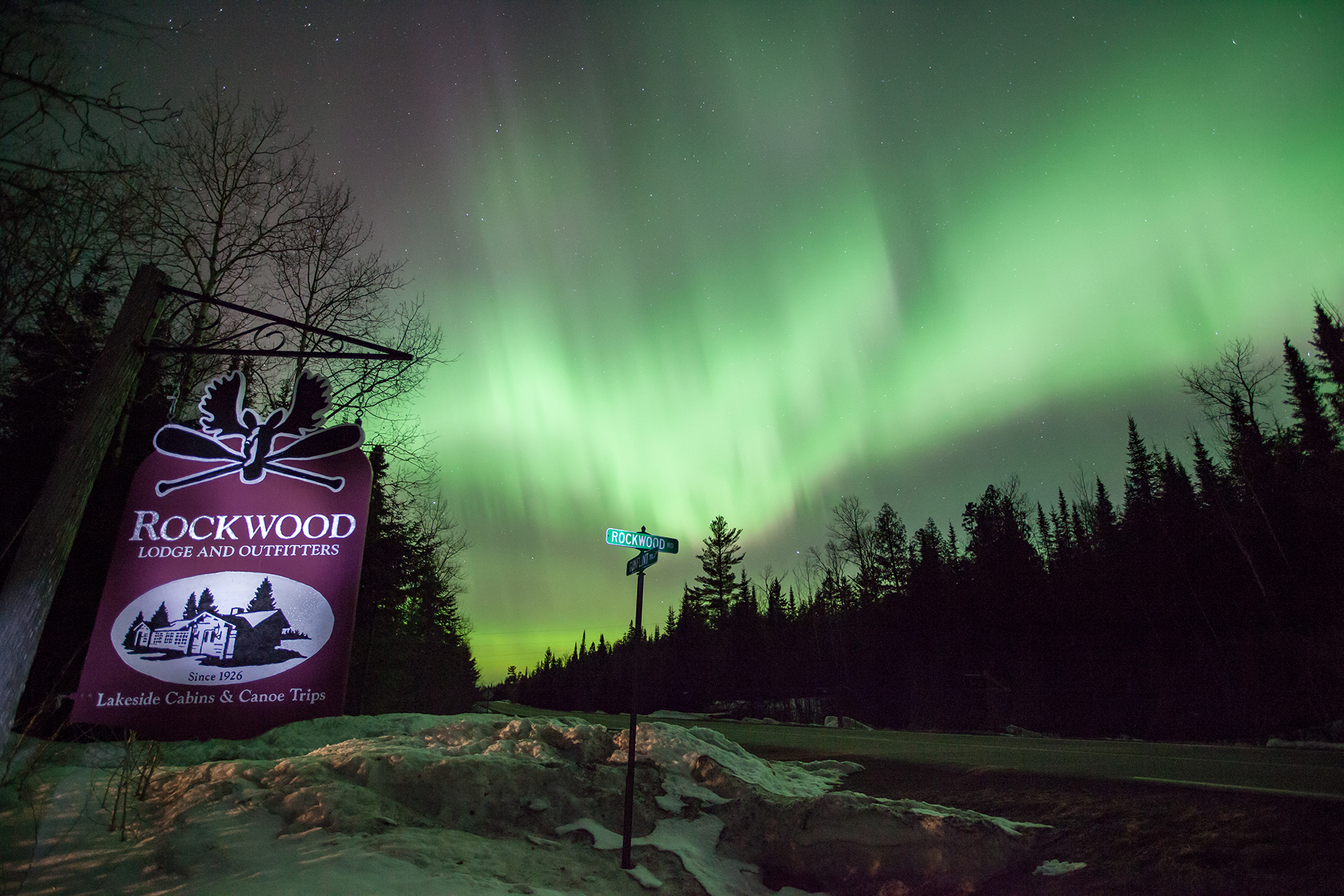
Northern Lights
- Dark sky
- Tips and apps
- Best locations
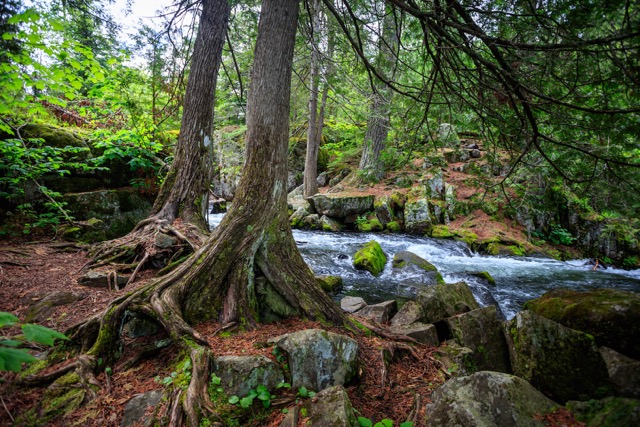
Hiking
- Easy day hikes
- Overnight Border Route
- Transports and bunkhouse
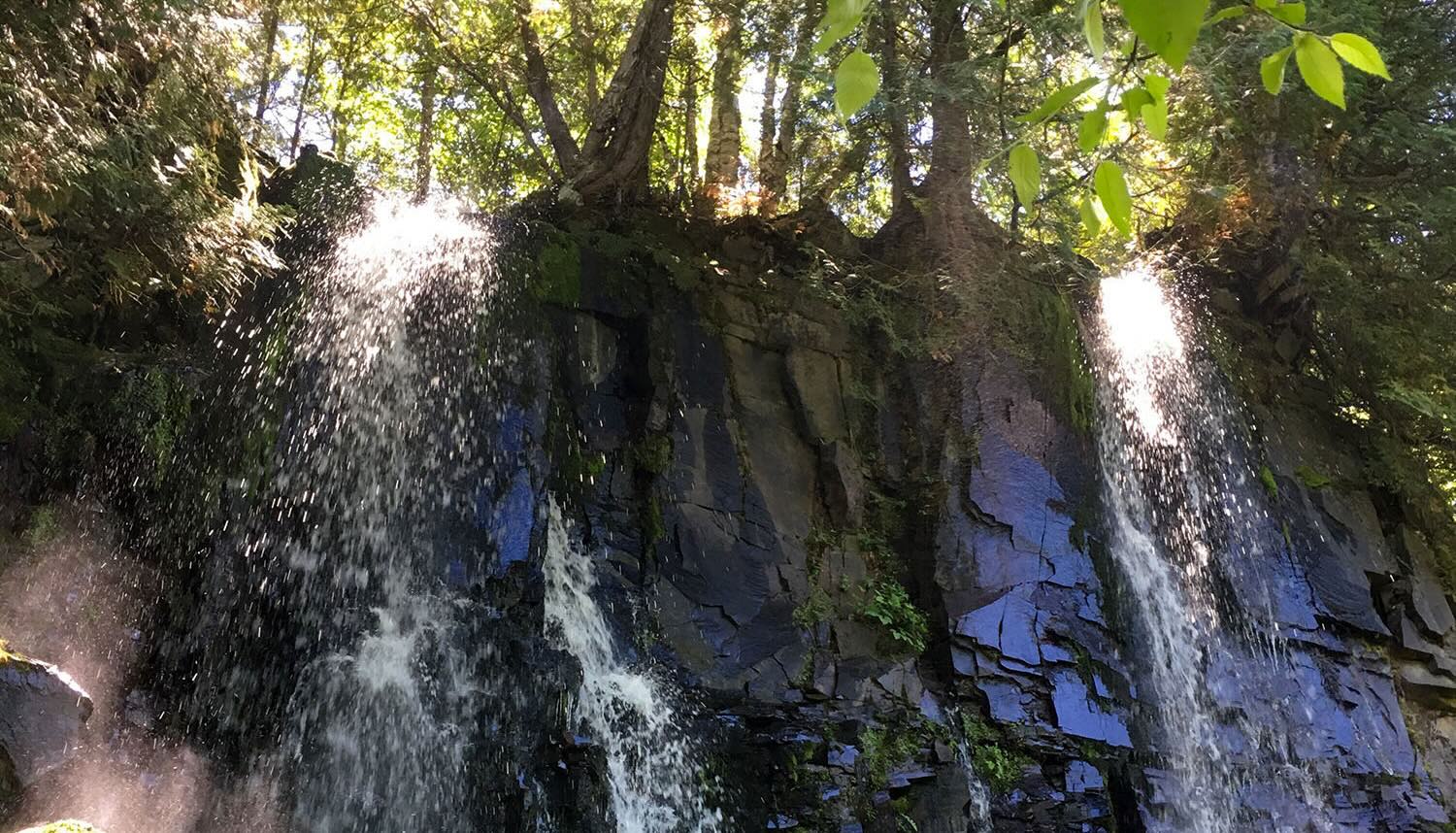
Waterfalls
- Visit by Car
- Visit by Canoe
- Visit by Hiking
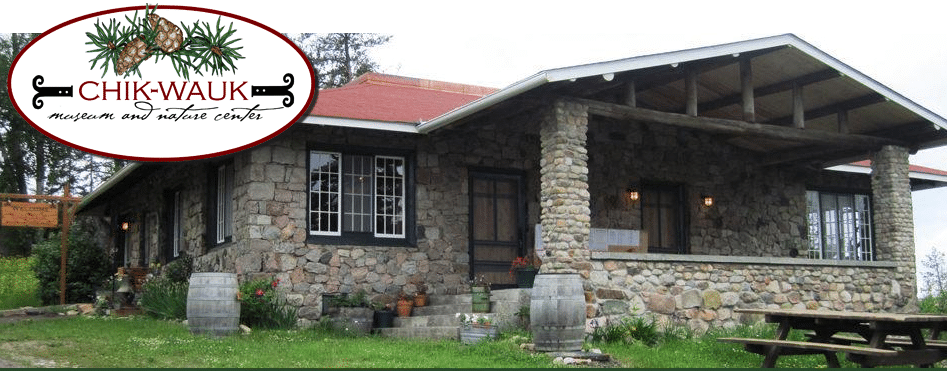
Chik Wauk
- Museum
- Hiking Trails
- Boat museum
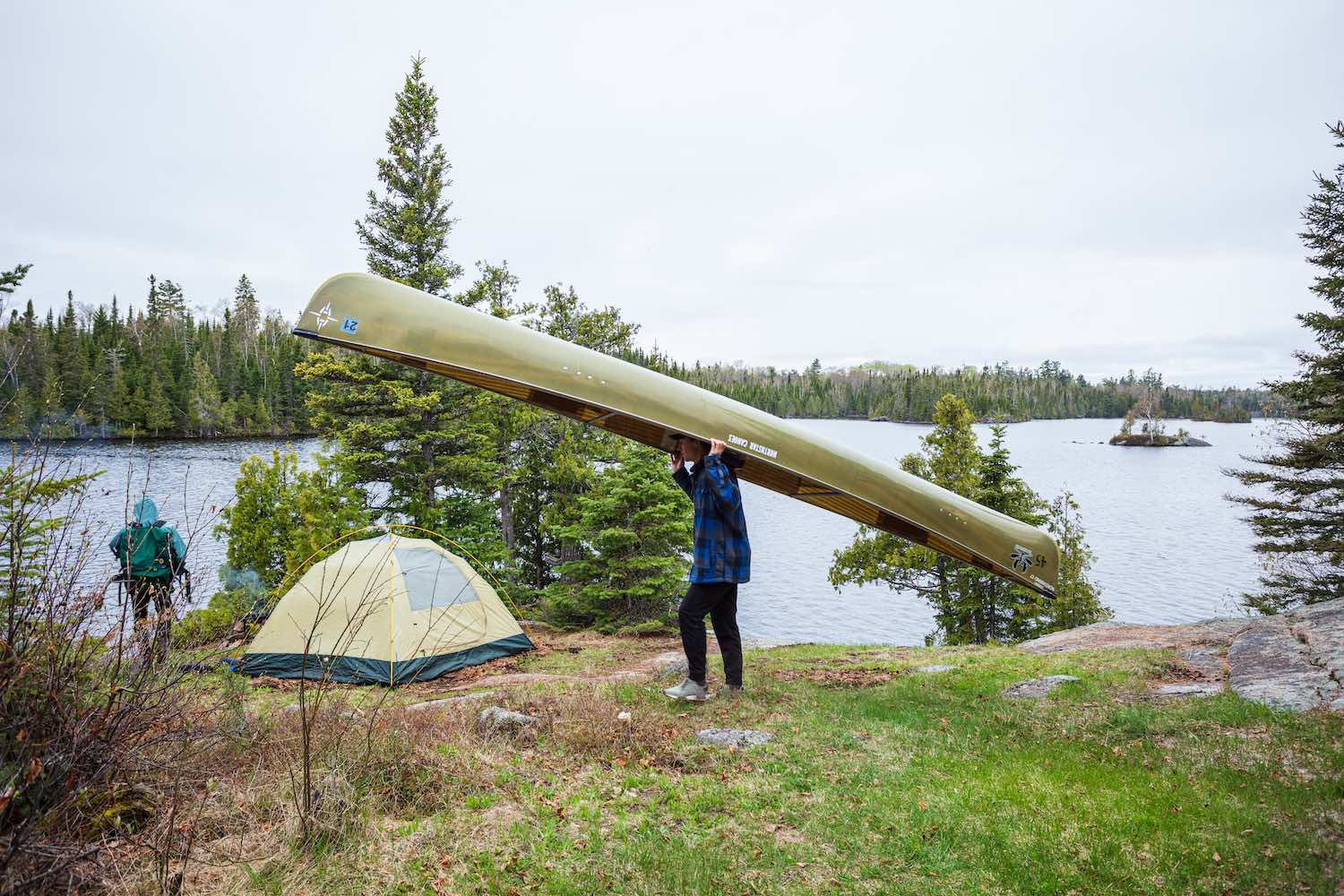
Places to camp
- Gunflint Trail campsites
- Poplar Lake campsite
- South Lake trail campsite
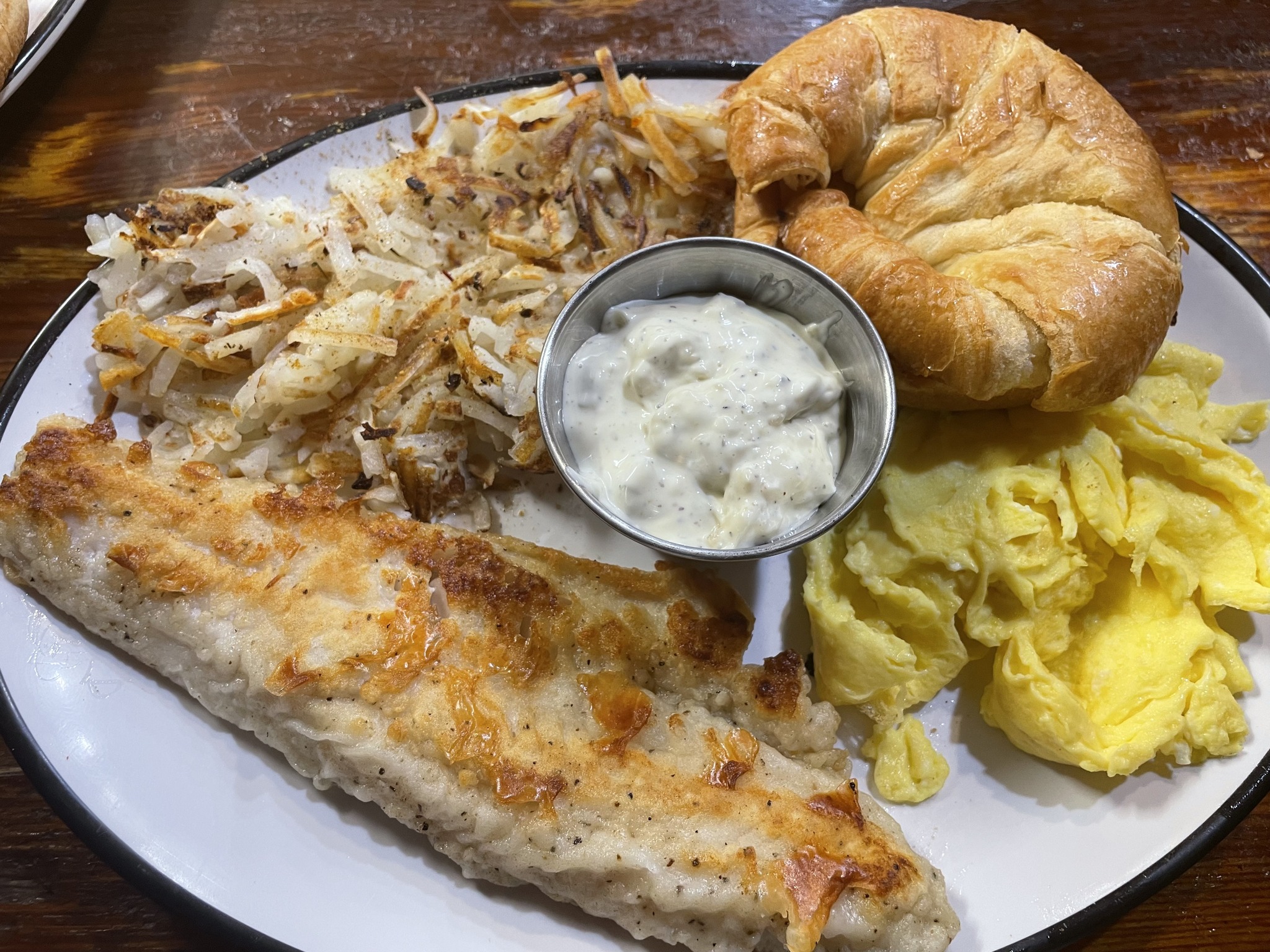
Restaurants
- Gunflint Trail restaurants
- Liquor store
- Grocery and Shopping
Trip Planning for the Boundary Waters
The Boundary Waters Canoe Area Wilderness (BWCAW) is a million-acre expanse of pristine lakes, forests, and rivers located in northeastern Minnesota. It is one of the most popular canoeing and fishing destinations in the United States, and for good reason. The BWCAW offers a unique opportunity to experience wilderness camping in a relatively remote and unspoiled setting.
If your trip planning includes the BWCAW, there are a few things you need to know. First, you need to obtain a permit. Permits are required for all overnight stays in the BWCAW, and they can be obtained online or by phone through the National Forest Service. Second, you need to be prepared for the elements. The BWCAW is a wilderness area, which means there are no developed campsites or amenities. You will need to bring your own food, water, shelter, and gear. Third, you need to be respectful of the environment. The BWCAW is a fragile ecosystem, and it is important to leave no trace of your visit.
Here are some tips for trip planning your BWCAW trip:
- Start planning early. Permits for the BWCAW can fill up quickly, so it is important to start planning your trip well in advance.
- Consider the time of year you want to go. The BWCAW is beautiful in all seasons, but each season has its own unique challenges.
- Choose the right entry point for your trip. There are many different entry points to the BWCAW, each with its own unique character.
- Plan your route carefully. The BWCAW is a large and complex wilderness area, so it is important to plan your route carefully before you go.
- Pack light. You will be carrying your gear for long distances, so it is important to pack light.
- Leave no trace. The BWCAW is a fragile ecosystem, so it is important to leave no trace of your visit.

